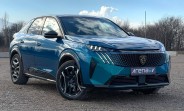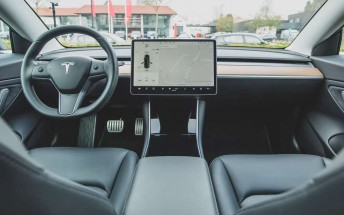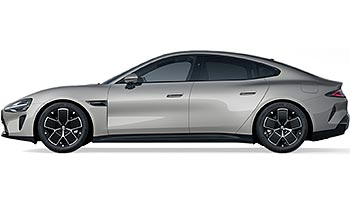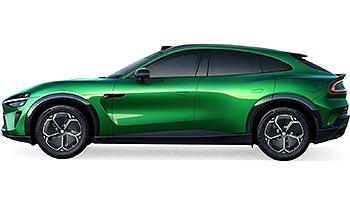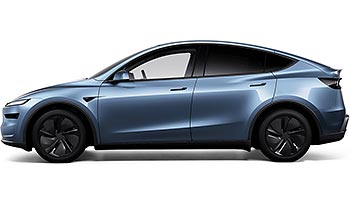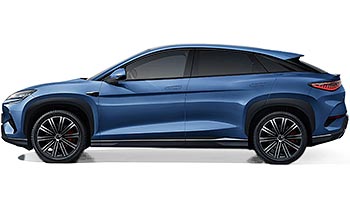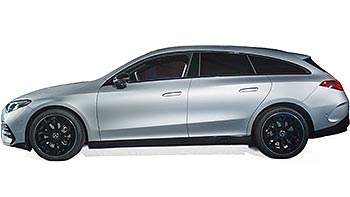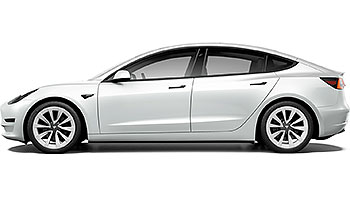Tesla's new annual tradition: another promise of Full Self-Driving by year's end
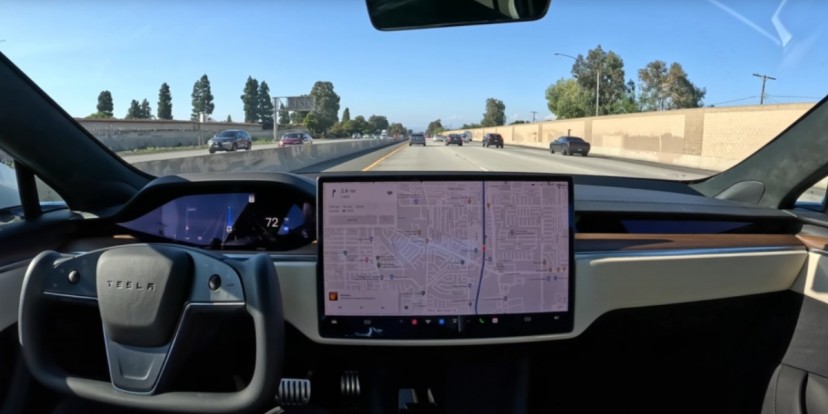
If you follow the world of electric cars, some events start to feel like annual traditions. One of them is the promise from Tesla CEO Elon Musk that the company's vehicles are on the verge of driving themselves without human oversight. During the last earnings call, Musk revived this familiar refrain, expressing confidence that Unsupervised Full Self-Driving (FSD) will be available to some customers "by the end of this year."
The real-deal FSD represents a monumental shift in how we think about driving. Currently, Tesla's Autopilot and FSD Beta systems are classified as Level 2 driver-assistance systems. In simple terms, this means the driver must always pay attention and be ready to take control. If an accident happens, the legal responsibility rests with the person in the driver's seat.
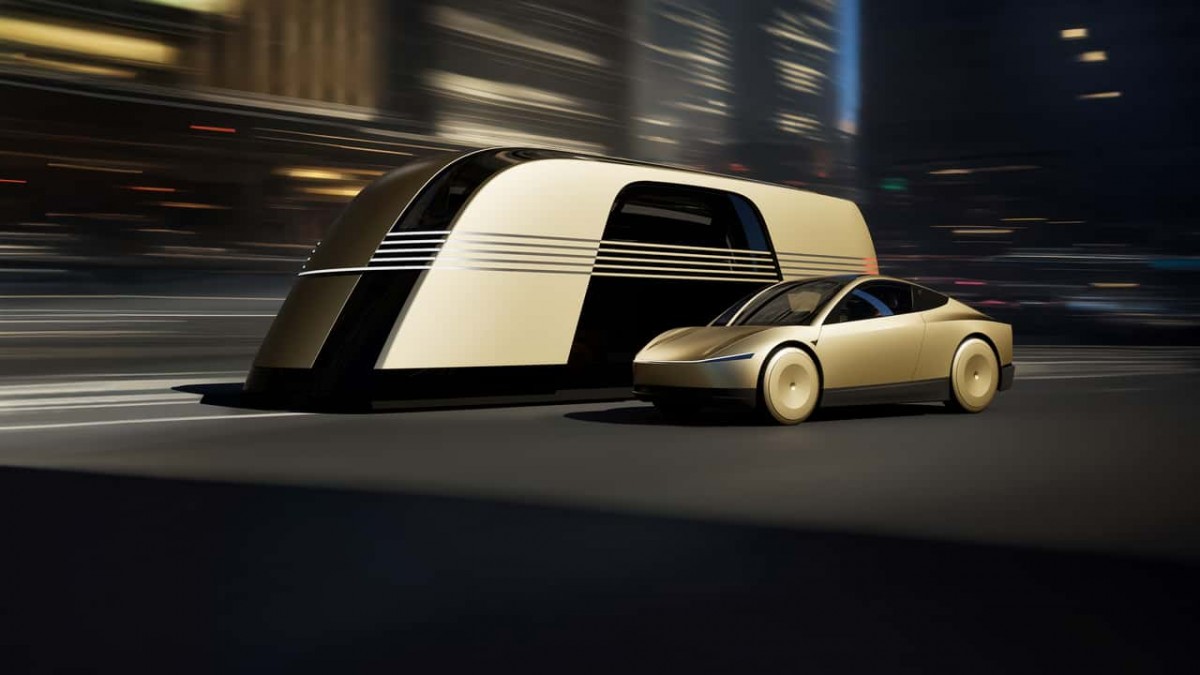
The move to "unsupervised" driving would elevate the system to Level 3 autonomy. In a Level 3 system, the car is in control under specific conditions, and if something goes wrong during that time, the carmaker - in this case, Tesla - would be held responsible. It's the difference between having a very helpful co-pilot and handing the control over entirely.
A Tesla executive described the transition as being "just a software update away," but history suggests the timeline might be more flexible than stated. This promise has been a recurring theme for nearly a decade, often used to energize investors and customers about the future of electric cars.
Looking back at the same Q2 earnings call from last year, Musk offered a similar prediction. "I would be shocked if we cannot do it next year [2025]," he said at the time. "Next year seems highly probable to me." Now that we are well into that "next year," the goalpost has been reset to the end of this year, a pattern that many followers of the EV giant have come to expect.
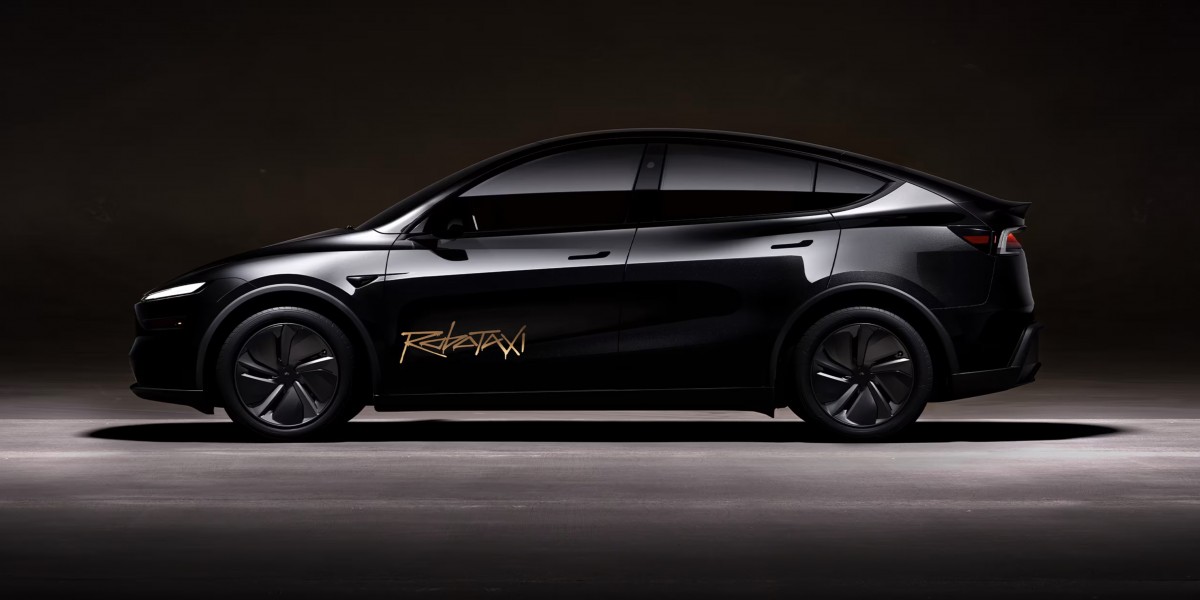
Even if Tesla meets this new deadline, drivers across the country shouldn't expect their cars to start driving them to work on New Year's Day. Musk was clear that the rollout would be heavily restricted at first. "I'm confident that by the end of this year, within a number of cities in the US, it will be available to end users," he clarified, adding that the company is being "extremely paranoid" about the release.
This cautious approach means the feature will be geofenced, operating only within approved areas in a handful of American cities. It will not be available nationwide on every highway and side street. A glimpse of this limited-release strategy is already visible in Austin, Texas. There, Tesla is operating a Robotaxi service that uses its autonomous technology.
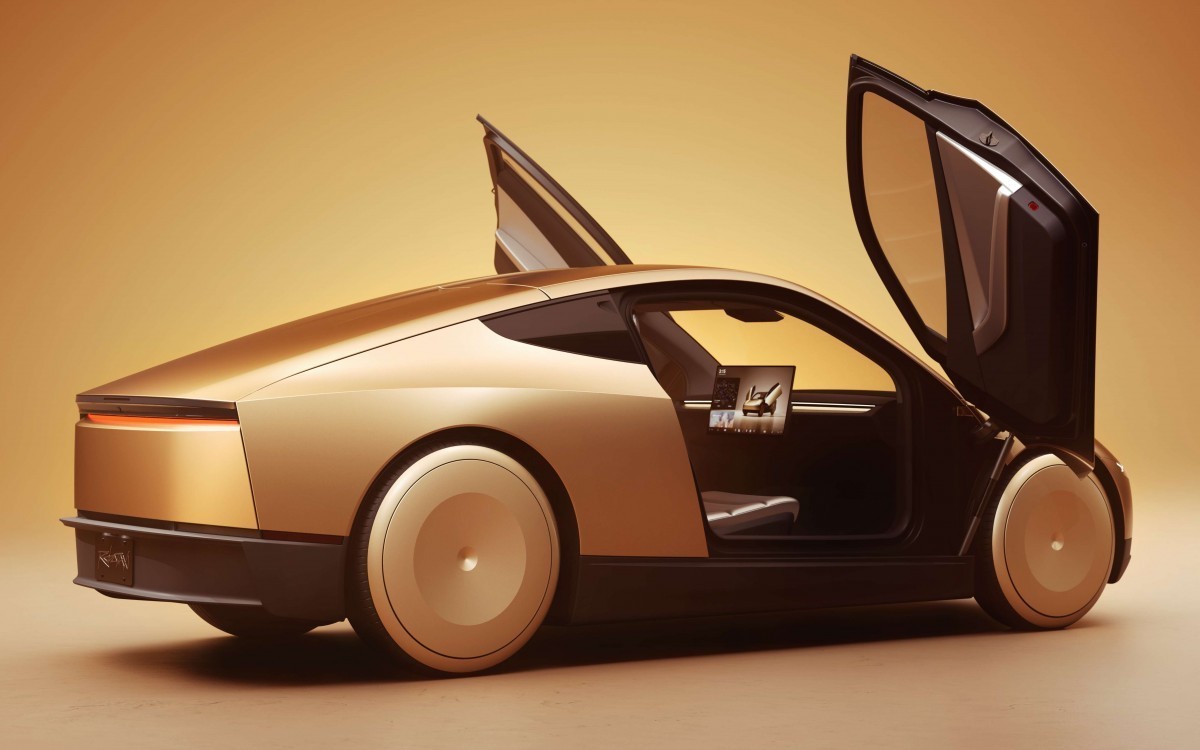
The service itself comes with several footnotes. It operates within a tightly controlled, geofenced area of the city. The vehicles are not the futuristic Cybercabs Tesla has showcased, but standard Model Y SUVs. Most importantly, every ride still includes a human safety supervisor, ready to intervene. The Robotaxi service clearly demonstrates the massive technical and regulatory gap between a limited trial with a human backup and a widespread, truly unsupervised system for personal EVs.
The promise of a car that can drive itself is the holy grail for many electric car manufacturers, and it is a cornerstone of Tesla's long-term valuation. The company insists that the hardware currently in its consumer vehicles is the same as that used in its Robotaxi fleet, suggesting a smooth transition is possible. But the road from a confident prediction on an earnings call to a fully functional, legally approved, and safe autonomous system on public roads is far from simple.
Related
Reader comments
Nothing yet. Be the first to comment.







